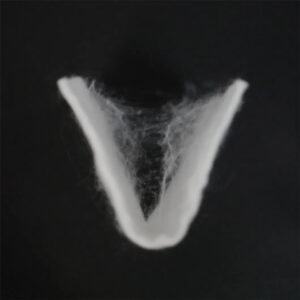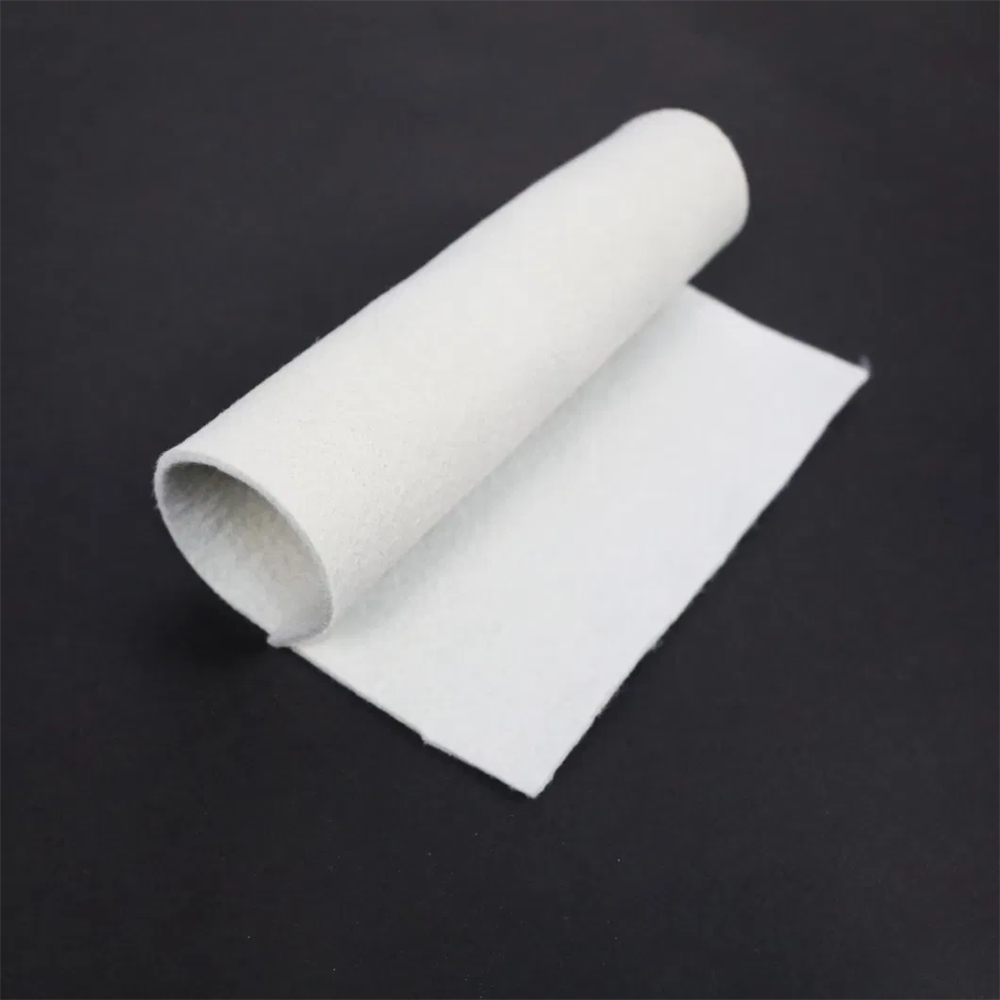Does road paving need geotextiles?
Geotextiles (also known as geotextiles) are sometimes used as an auxiliary material during road paving. Geotextile is a textile material with tensile strength and anti-permeability properties, which is used to enhance the stability of soil and prevent soil erosion. Here are some common uses of geotextiles in road paving:
1. Prevent reflective cracks: Geotextiles can be used to reduce or prevent reflective cracks during road paving. Reflective cracks are cracks that are reflected in the new pavement by existing pavement gaps. By laying geotextiles over the original driveway, a better separation layer can be provided, reducing the possibility of the original cracks being transferred to the new pavement layer.
2. Enhance soil stability: The application of geotextiles in the road base can increase the stability of the soil. It can improve the bearing capacity and durability of the road surface by dispersing heavy loads and evenly distributing them to the subgrade, reducing looseness and settlement.
3. Prevent soil erosion: During construction, geotextiles can be used to prevent soil erosion. It can be placed on the surface of the roadbed or on the slope area as a protective layer to prevent the soil from being stripped by rain, water flow or wind erosion, and to reduce the generation of loose soil.
4. Separation layer: Geotextiles can also be used as a separation layer to separate soil layers of different types or particle sizes. In multi-layer structures, geotextiles prevent the soil below from penetrating into the soil above, distribute loads evenly, and increase the stability of the overall structure.
It should be pointed out that it is not necessary to use geotextiles in road paving, which should be determined according to the requirements of the project, geographical conditions and design requirements. When selecting and applying geotextiles, it is necessary to ensure the appropriate type, specification and installation method according to the guidance of geological survey and engineering design. Professional engineers or relevant architects can provide detailed guidance and advice

How to install geotextiles in road paving?
Preparation:
According to design requirements and geological survey results, determine the type, specification and quantity of geotextiles required.
Clean the surface of the subgrade to ensure a smooth surface and remove loose and sharp objects.
Determine the laying direction and position of the geotextile according to the design requirements, and mark the boundary line and fixed point.
Laying geotextiles:
Place the geotextile roll on the laying position and unroll it gradually. Make sure the geotextile covers the entire subgrade surface and the edges are tightly connected to the shoulder or other ground.
Make sure that the geotextile has no obvious wrinkles and voids during laying. If damage is found, repair materials can be used to repair it.
Fixed geotextile:
Secure the geotextile to the subgrade surface with anchors or safety nails to prevent it from moving and sliding.
Fasteners should be properly distributed, usually at the edges and in the center of the geotextile. The fixed spacing and method can be determined according to the design requirements and the characteristics of the geotextile.
Join and cover edges:
If necessary, the geotextiles can be connected by hot-melt connection or special connection material. Make sure the connections are tight and adequately sealed to prevent water penetration.
Around the edges of the geotextile, a mulch treatment is performed. The edges of the geotextile are usually covered and secured with a filler such as earthfill.
Lay the upper layer material:
After the installation of the geotextile is completed, continue to lay the upper material (such as gravel, asphalt concrete, etc.) according to the design requirements.
The upper material should be evenly laid on the geotextile, and compacted and leveled according to the design requirements.
Note that specific geotextile installation methods may vary depending on project requirements, material type, and environmental conditions. Therefore, during the construction process, it is recommended to cooperate with professional engineers, construction teams or relevant technical personnel, and follow relevant technical specifications and suggestions. They can provide detailed guidance on a case-by-case basis to ensure proper installation and performance of the geotextile as expected.
Author

Founded in 2002, Tinhy's team focuses on the manufacturing, marketing, installation, application and research and development of geosynthetic materials.
View all posts





